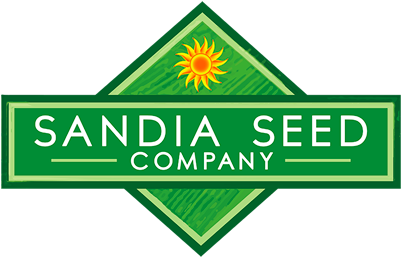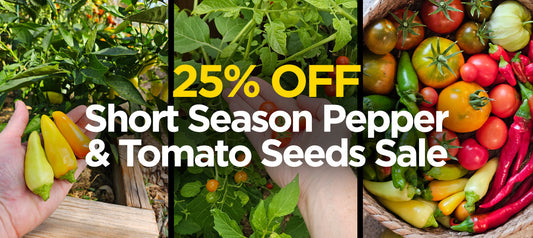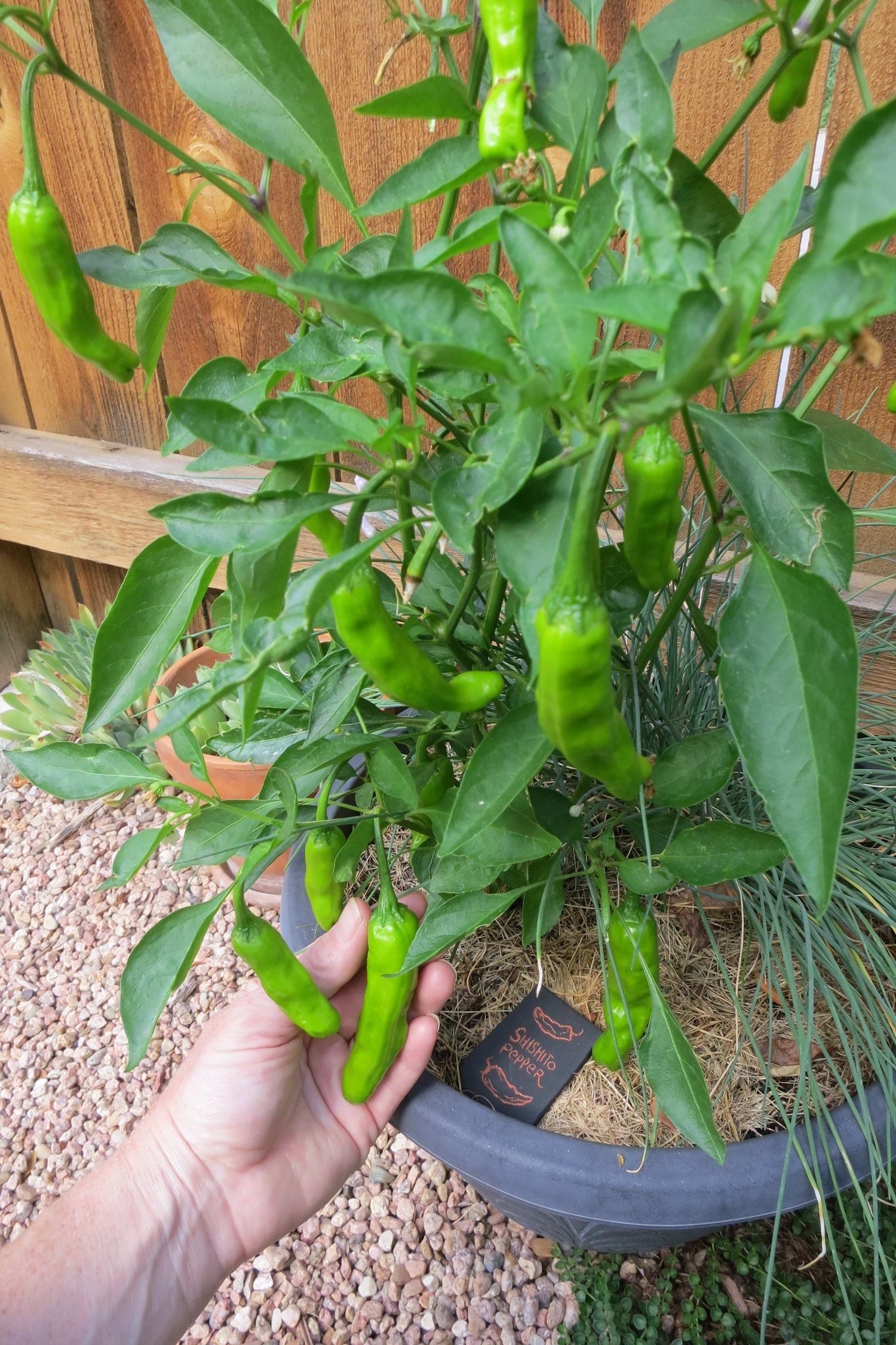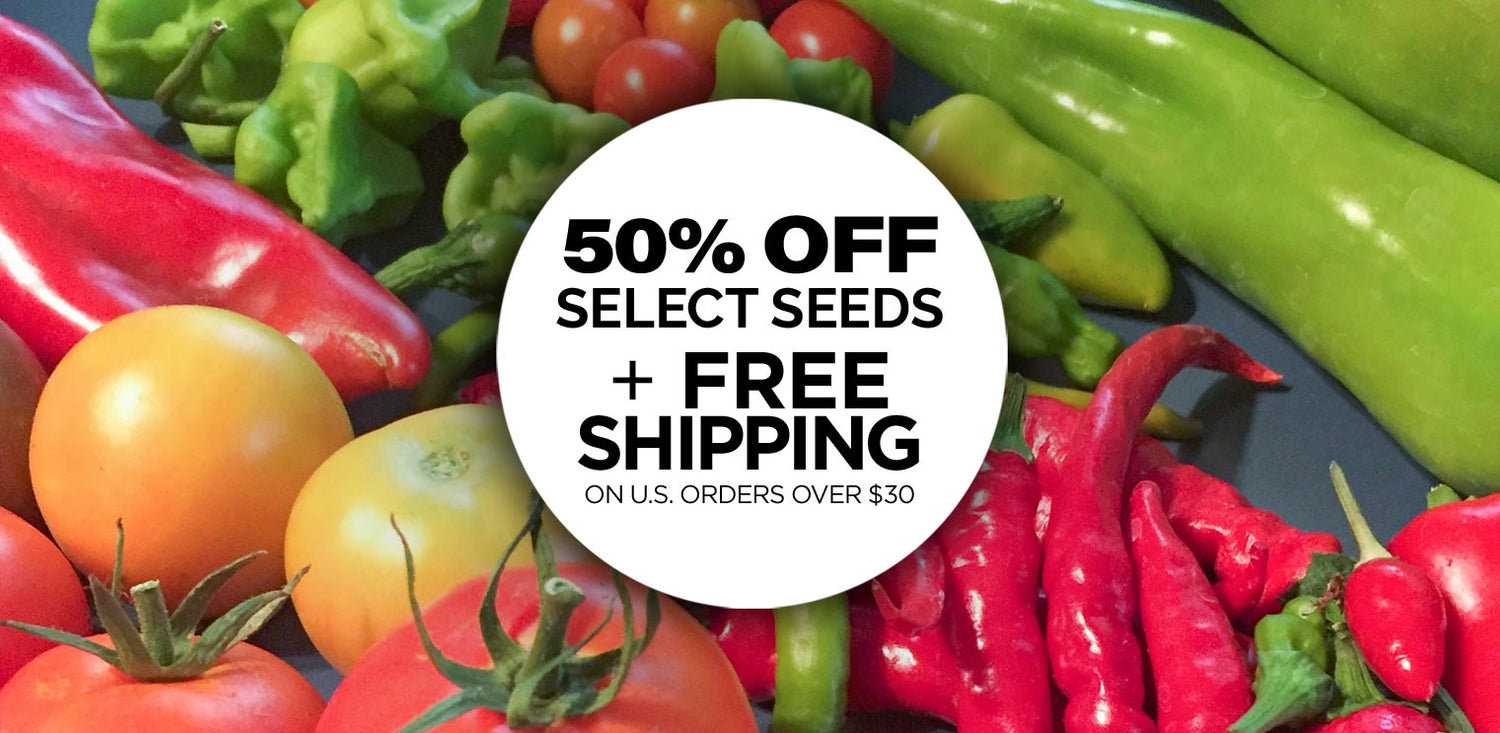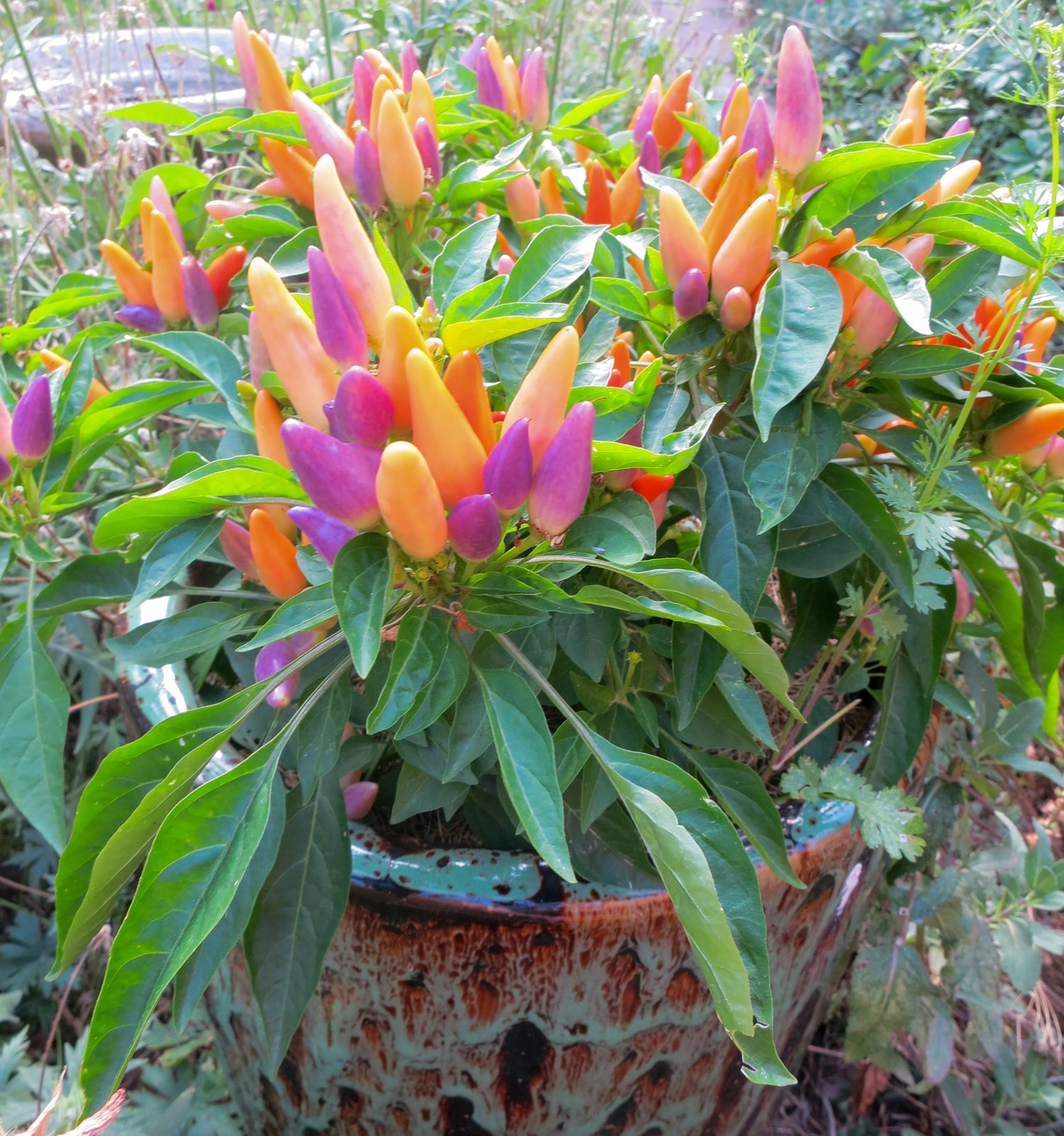
We receive many questions about peppers and have written the answers to the most common questions about Bell Peppers here. Answers will include Bell Pepper growth, color, storage and health benefits. View all of our bell pepper seeds »

Peppers are a warm season crop and need temperatures above 75 degrees throughout their growing season. Higher latitudes and altitudes can extend the start of growing season, wet areas can use raised beds, and humid areas can bottom water, etc. Contact https://search.extension.org/ for more local information about Bell Pepper varieties. With basic information, anyone in North America should be able to successfully grow Bell Pepper plants and have the satisfaction of saying "I grew it myself."
2. If you plant Bell Peppers beside hot peppers, will the sweet pepper plant produce hot fruit?
Absolutely not. Pepper flowers are self-pollinated, and rarely cross-pollinate naturally. However, the result of a crossing will appear only if seed is saved from this year's crop and planted next year. It will not result in off-flavor or differences in fruit characteristics of this year's crop.
3. Can I save seed from this year's pepper crop for planting in my next garden? Yes. Peppers are self-pollinated and consequently will breed if seed is saved from this year's garden for planting in next year's garden. Do not save seed from hybrid pepper plants as these will not breed true and will result in plants exhibiting characteristics from the two different parent plants, and not the hybrid.
4. Can I plant the seeds from a store-bought Bell Pepper?
Yes, save the seeds and the crop will be a surprise. If your pepper was open-pollinated, the seeds might grow peppers identical to the one you bought. If it is a hybrid it will look different and taste different.
5a. When is it too early to start my seed indoors?
It is never too early to start your seeds indoors. Ideally, seeds should be started indoors 8 weeks before they will be transplanted outside. If you have enough space indoors or a greenhouse, they can be started at any time and be allowed to grow larger foliage and a more developed root system before planting outdoors in warm weather.
5b. When is it too late to start my seeds?
It is never too late, but it is usually best to have your pepper transplants in the ground before July 4th, to ensure a pepper harvest. That would mean having them started in seedling trays indoors by June 1st, so they can develop one set of true leaves before transplanting. You can also grow peppers indoors year-round if you have a lot of sun and/or supplemental lighting.
6. How long can I save my packet of seeds and still be able to germinate them?
If stored properly seeds can remain viable for many years. Proper storage includes minimum fluctuations in temperature and humidity. One way is to store seeds is to put them in a sealed glass jar in the freezer and allow to come to room temperature slowly when ready to plant. If your seed packet is in a drawer they can be viable a few years. 7. Can I plant my seeds directly into the garden soil?
7. Can I plant my seeds directly into the garden soil?
Yes, the soil must be warm and kept moist at all times. Germination will take longer because it is not the cozy 85 degrees seedling mat 24/7. Once the seeds planted in the garden appear, they will catch up to the plants that were germinated indoors. *Sandia Seed does not recommend or guarantee seeds that are directly sown into outdoor garden soil.
8. How far apart should I place my Bell Pepper plants?
Pepper plants resemble round shrubs, so plant them the same distance apart as they will grow tall. Larger spacings will increase air flow and resources. Gardens with limited space can place peppers in a zig zag pattern.
9. If I remove the first few blooms on a Bell Pepper plant, will my overall production be increased?
Maybe. Occasionally, if a bell pepper plant sets the first bloom that flowers, the plant will be stunted as it matures that fruit. This is likely to happen if the plant is growing under marginal conditions which might include less fertile soil or low moisture. With the first bloom removed, the plant will grow larger before setting fruit which often does result in higher total yields. However, if the plant is grown under satisfactory cultural conditions removing the first bloom should not affect subsequent yield.
10. Why do my Bell Pepper plants often bloom but fail to set fruit?
Peppers, like tomatoes, are sensitive to temperature. Most peppers will drop their blooms when daytime temperatures get much above 90 degrees F. in combination with night temperatures above 75 degrees F. As the summer cools they will begin to set fruit again. They will also drop their blooms in the early spring if temperatures remain cool for extended periods.
11. Why is the foliage and fruit of my Bell Pepper plants distorted and small and the leaves have a mosaic pattern?
This could be the result of one of a few viruses that attack peppers. Many viruses are transmitted by aphids, and tobacco mosaic virus is transmitted by human smokers. For this reason, it is important to develop a balanced garden biome with natural insect predators, and never enter the garden with smoky clothes or hands. Also, when a plant becomes infected with one of the viruses, remove the plant.
12. What are the small round tan spots on the some of the fruit?
Tan or translucent spots on developing pepper fruit is sunscald. If the young pepper is exposed to a few minutes of direct sun during the hottest part of the day it could develop a sunscald spot. The pepper is still edible, and you can remove it to encourage more foliage growth to shade and protect the other peppers.
13. How do I know when my Bell Peppers are ready to harvest?
All bell peppers begin green in color and remain green color until they mature to their destined color of red, yellow, orange, purple, chocolate or white. The green bell is firm to the touch and can be cut from the plant to avoid breaking branches. Green Cal Wonder bells that remain on the plant will mature to red, they will taste sweeter and be less firm.
The colored bells are green at immaturity and will ripen to their full color. They change from Green to Red, others turn from Green to Orange, Green to Yellow, etc. This means that there is minimal to no green color left on the skin of the Bell Pepper. By being prematurely picked, Green Bell Peppers do not receive all the natural sugars that a Pepper would normally get from the ripening process and have a more bitter taste compared to other colors. By letting a Bell Pepper ripen fully, you are also getting all the nutritional benefits from it and the maximum sweetness. 14. Which color of Bell Pepper is the healthiest?
14. Which color of Bell Pepper is the healthiest?
Red, Orange, and Yellow Bell Peppers have very similar health benefits to one another. Even though they are different colors, they all have similar amounts of vitamin A and vitamin C in them. Red Bell Peppers also contain lycopene, an antioxidant or carotenoid that helps fight free radicals in your body. Yellow and Orange Bell Peppers are also rich in carotenoids. Purple Bell Peppers contain a pigment called anthocyanin. One thing to note is that all colors of Bell Peppers have substantially more nutritional value than Green Bell Peppers – this is because Green Bell Peppers are picked before the ripening process is complete and all the nutrients and natural sugars enter the Pepper.
15a. Are Bell Peppers fruits or vegetables?
Along with Tomatoes, Bell Peppers are one of those foods that are always contentious – are they a fruit or a veggie? Although they are commonly considered a vegetable, Bell Peppers are technically fruits because they contain seeds. So, since Bell Peppers have seeds, they are technically fruits.
15b. Do Bell Peppers need to be refrigerated?
Yes. After you pick your Bell Peppers, use them that day or put them in one of your refrigerator crisper drawers. Your raw Bell Peppers will last between one and two weeks in the refrigerator – just make sure you store them dry. Partially-eaten peppers will last longer by storing them in a sealed container with the seeds and stems still attached.
